The automotive industry's rapid march toward autonomous driving has hit an unexpected speed bump: phantom braking. This phenomenon, where advanced driver-assistance systems (ADAS) like automatic emergency braking (AEB) activate unnecessarily, has become the industry's embarrassing open secret. While manufacturers tout the life-saving potential of these systems, few discuss the growing incidents of vehicles slamming their brakes for non-existent threats.
Phantom braking represents more than just a technical glitch—it's a fundamental challenge in machine perception. Modern AEB systems rely on complex sensor arrays combining radar, lidar, and cameras to interpret the driving environment. When these systems misinterpret shadows, bridge overpasses, or even highway signs as imminent collisions, the results range from mildly annoying to potentially dangerous rear-end scenarios. The National Highway Traffic Safety Administration (NHTSA) has logged hundreds of complaints describing terrifying sudden stops on highways with no visible obstacles.
The root causes are as varied as they are problematic. Sensor fusion—the process of combining data from different detection systems—often fails to create a coherent picture of the road. Radar might detect a large stationary object while cameras see empty space, creating confusion in the vehicle's decision-making algorithms. Weather conditions exacerbate these issues, with heavy rain creating false radar echoes and bright sunlight blinding cameras. Even the angle of the sun can transform mundane objects into perceived threats through lens flare effects.
Software solutions have proven elusive. Traditional programming approaches struggle with the infinite variability of real-world driving conditions. Machine learning models, while promising, require enormous datasets of edge cases to properly train. The industry finds itself in a catch-22: these systems need real-world testing to improve, but every phantom braking incident erodes consumer trust in the technology. Some automakers have quietly implemented geofencing solutions, disabling certain AEB functions in known problematic areas like tunnel entrances or specific highway interchanges.
Regulatory bodies face their own dilemma. Current safety ratings heavily favor vehicles with AEB systems, creating immense pressure for automakers to implement them quickly. Yet the testing protocols don't adequately account for false positives—a vehicle can score perfectly by detecting test obstacles while still suffering frequent phantom braking in real conditions. This misalignment between laboratory testing and real-world performance leaves consumers without reliable metrics to compare systems.
The human factor complicates matters further. Drivers who experience multiple phantom braking events often disable the safety systems entirely, negating their proven benefits in actual emergencies. This creates a dangerous behavioral pattern where users oscillate between over-reliance on imperfect systems and complete distrust. Psychologists note that the unpredictability of these events makes them particularly stressful—unlike consistent mechanical issues that drivers can anticipate and compensate for.
Emerging technological approaches show cautious promise. Some manufacturers are experimenting with "confidence scoring" systems that weigh multiple sensor inputs before initiating braking. Others are developing more sophisticated path prediction algorithms that better distinguish between roadside objects and actual collision courses. The most radical proposals involve vehicle-to-vehicle communication networks that could provide corroborating data about road conditions ahead.
As the industry grapples with these challenges, one truth becomes clear: phantom braking isn't just a bug to be fixed, but a symptom of the enormous complexity in replicating human perception. The visual processing and contextual understanding that drivers take for granted—distinguishing a billboard image of a car from an actual vehicle, for instance—represent monumental challenges for machine vision systems. Until these fundamental perception gaps are bridged, the road to full autonomy will remain littered with unnecessary stops.
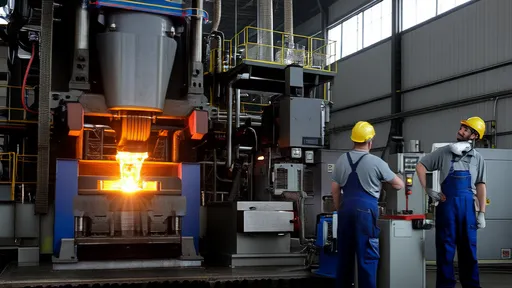
By /Jun 14, 2025

By /Jun 14, 2025
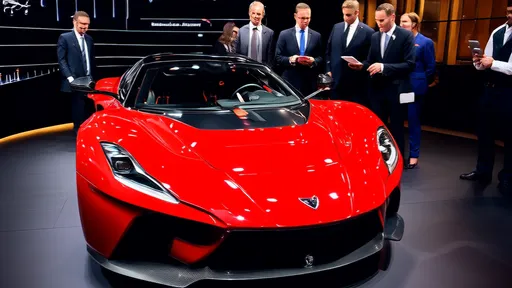
By /Jun 14, 2025

By /Jun 14, 2025

By /Jun 14, 2025
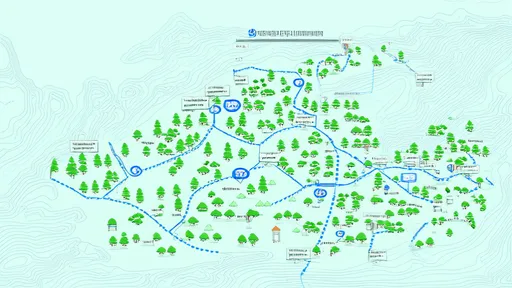
By /Jun 14, 2025
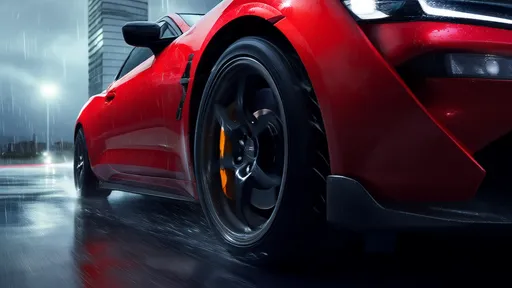
By /Jun 14, 2025

By /Jun 14, 2025
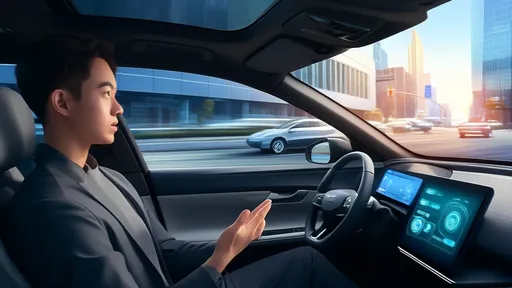
By /Jun 14, 2025

By /Jun 14, 2025
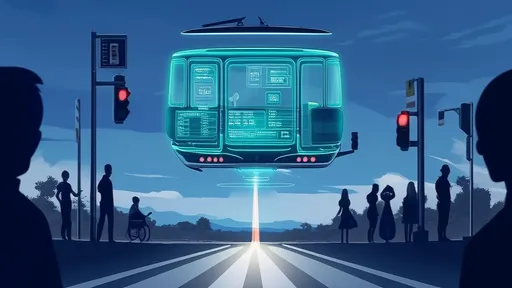
By /Jun 14, 2025
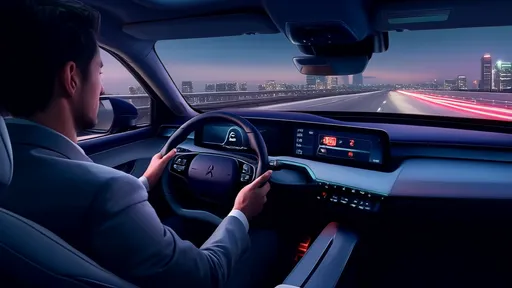
By /Jun 14, 2025
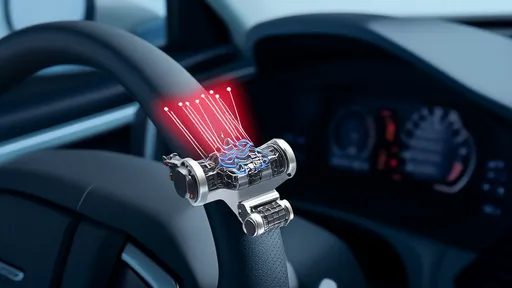
By /Jun 14, 2025
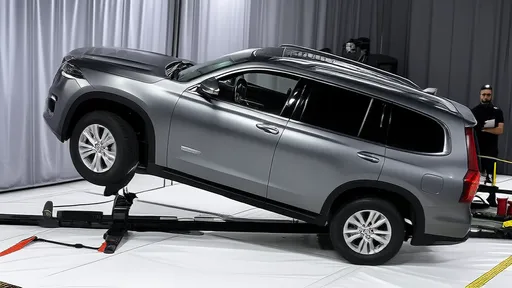
By /Jun 14, 2025
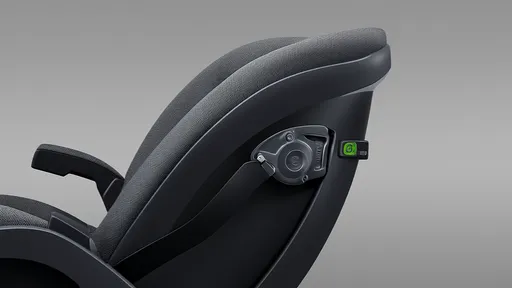
By /Jun 14, 2025
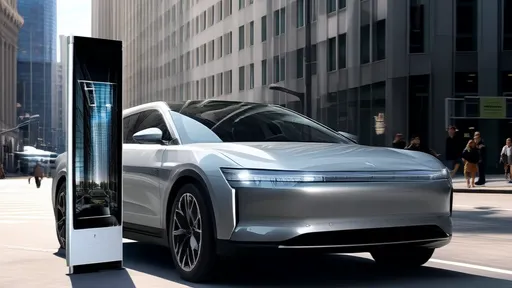
By /Jun 14, 2025
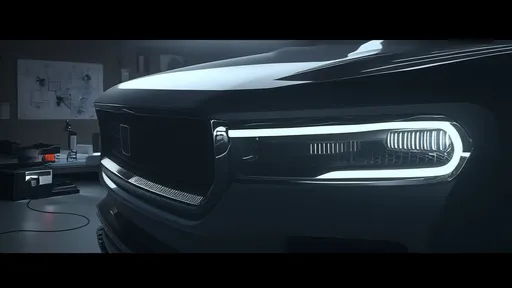
By /Jun 14, 2025